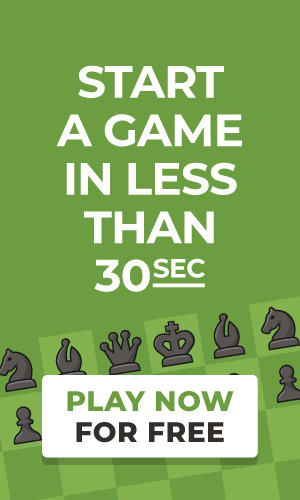
Strategy
Do you know that great chess players can glance at a position and quickly assess which side is winning? Not only that, but they can also determine the best moves and ideas for each side.
Would you like to have that same power? If you do, then you have to learn the concepts of chess strategy.
What Is Strategy In Chess?
Chess strategy is the purposeful attempt to gain an advantage over your opponent. Unlike tactics, chess strategy involves long-term goals, usually related to king safety, pawn structure, space, piece activity, etc.
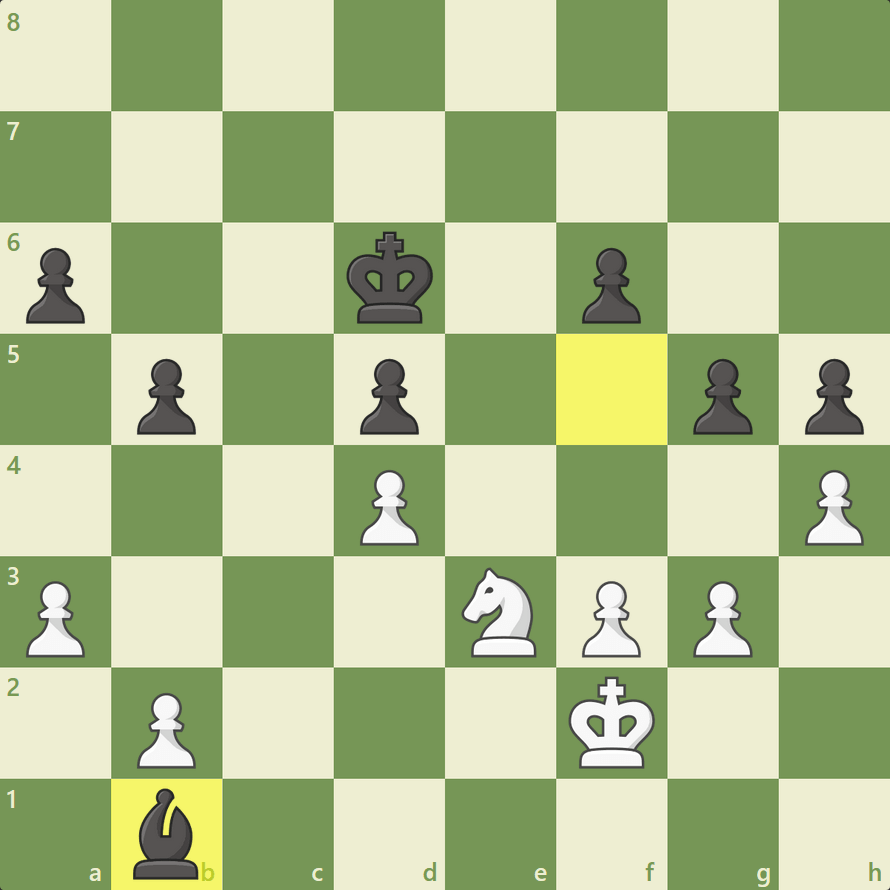
Why Is Strategy Important?
There is a famous saying that points out that "chess is 99% tactics." If that is true, why is studying strategy so important?
Although tactics can indeed define a game's outcome, good strategic play creates the opportunity for tactical shots in the first place. You can look at strategy as the breeding ground for tactics.
According to the renowned Chinese general Sun Tzu, "Strategy without tactics is the slowest route to victory. Tactics without strategy is the noise before defeat." Indeed, relying solely on your opponent falling for a tactical shot might work well for beginners but is a losing approach for more advanced players.
Strategy without tactics is the slowest route to victory. Tactics without strategy is the noise before defeat.
— Sun Tzu
World champions like Jose Raul Capablanca, GM Tigran Petrosian, and GM Anatoly Karpov excelled at chess strategy. Playing against a strategically solid player is a difficulty that few players like to undertake.

Basic Strategic Concepts
Chess strategy is a complex subject that requires many years of study and hard work to master. However, learning a few principles can improve your play and help you win more games. Those are material count, piece activity, piece mobility, pawn structure, space, and king safety.
Material Count
Material count is the most straightforward strategic concept to understand since it's also the most concrete. If a player knows how to count the total piece value for each player, they can also determine who has a material advantage.
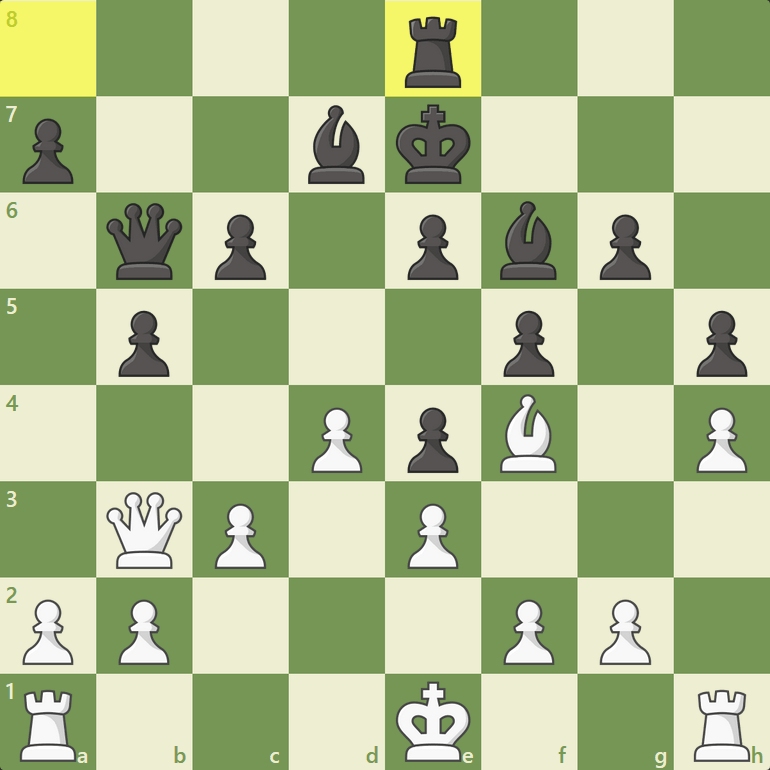
The player who has a material advantage can usually win the game by trading pieces to simplify the position and enter a winning endgame. Another way to win is by using a material superiority to overwhelm the other player's defenses to checkmate the king.
Piece Activity
Different from material count, piece activity is more of an abstract concept. A player can have less material than another yet have more active pieces, which can lead to a decisive advantage.

The image above comes from the famous Opera Game played between Paul Morphy and the duo Duke Karl and Count Isouard. White is down material, but almost all of his pieces are active. Black's kingside, on the other hand, is not in the game. Morphy won this game in just a few more moves:
To learn more about how you can activate your pieces, check out this interactive lesson that explains this concept.
Pawn Structure
Pawn structure refers to the way pawns are placed in a specific position, disregarding the placement of other pieces. Understanding pawn structures is critical for any serious chess player because it affects many other strategical concepts. Attacking plans, piece activity, and holes are just a few examples of crucial strategical ideas influenced by pawn structure.
The position below comes from a game between GM Victor Korchnoi and Karpov, who coerced his opponent into creating an isolated queen's pawn on d4.

Karpov centered his play around this structural weakness in White's pawns. He eventually won the game by tying down the white army to the defense of the isolated pawn and creating other weaknesses in Korchnoi's position.
If you want to learn more about pawn structures, check out this interactive lesson by GM Aman Hambleton.
Space
Space is related to the number of squares a player has behind their pawns where they can move their pieces. A player might have more space on the queenside, kingside, center, or in all of those sections of the board.
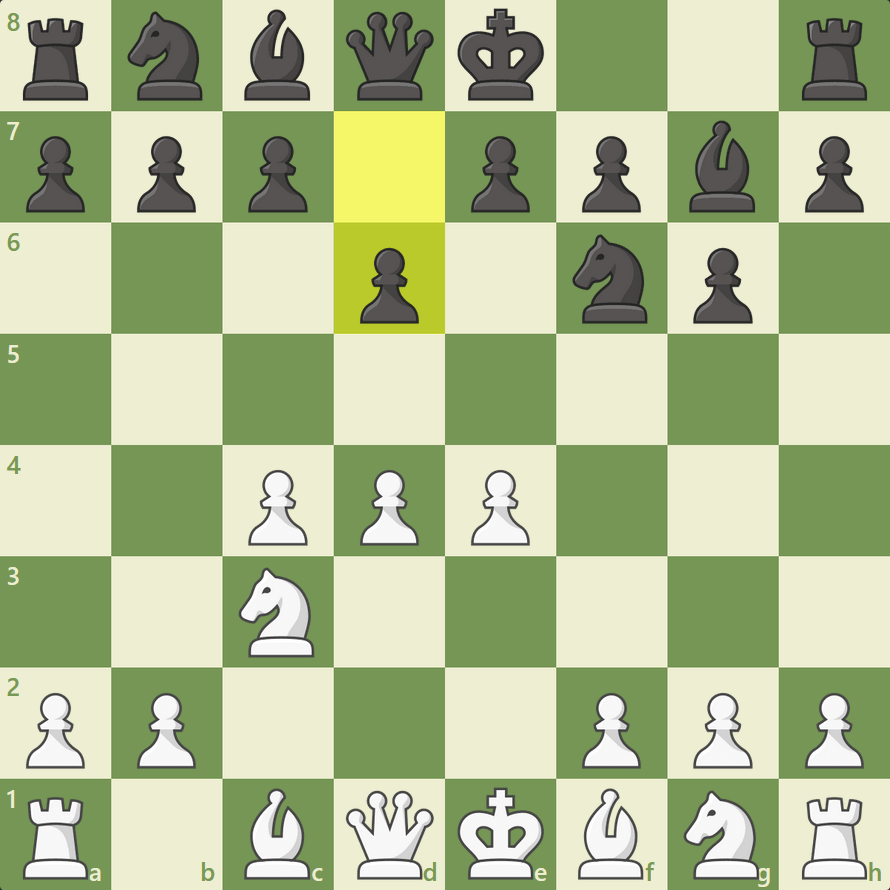
The player with a space advantage can control more squares and enjoy more freedom to move their pieces. Conversely, players who lack space might have a hard time moving their pieces to attack or defend.
King Safety
King safety is one of the most critical strategic concepts in chess. Having an unsafe king can be a losing disadvantage because it might cause you to get checkmated.
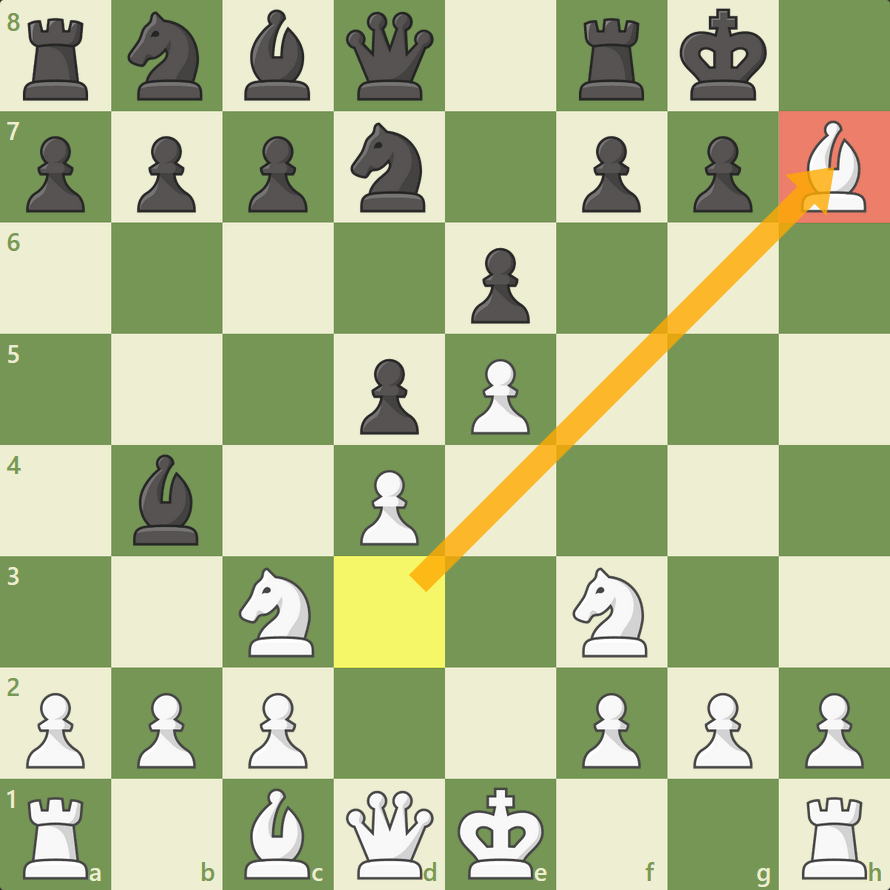
The example above shows the well-known "Greek gift," where one player sacrifices a bishop to expose the opponent's king. The material disadvantage is not important since the attack leads to checkmate.
Conclusion
You now know what chess strategy is and how it can help you play better and win more games. Head over to our Lessons page and learn even more about critical strategic concepts.





